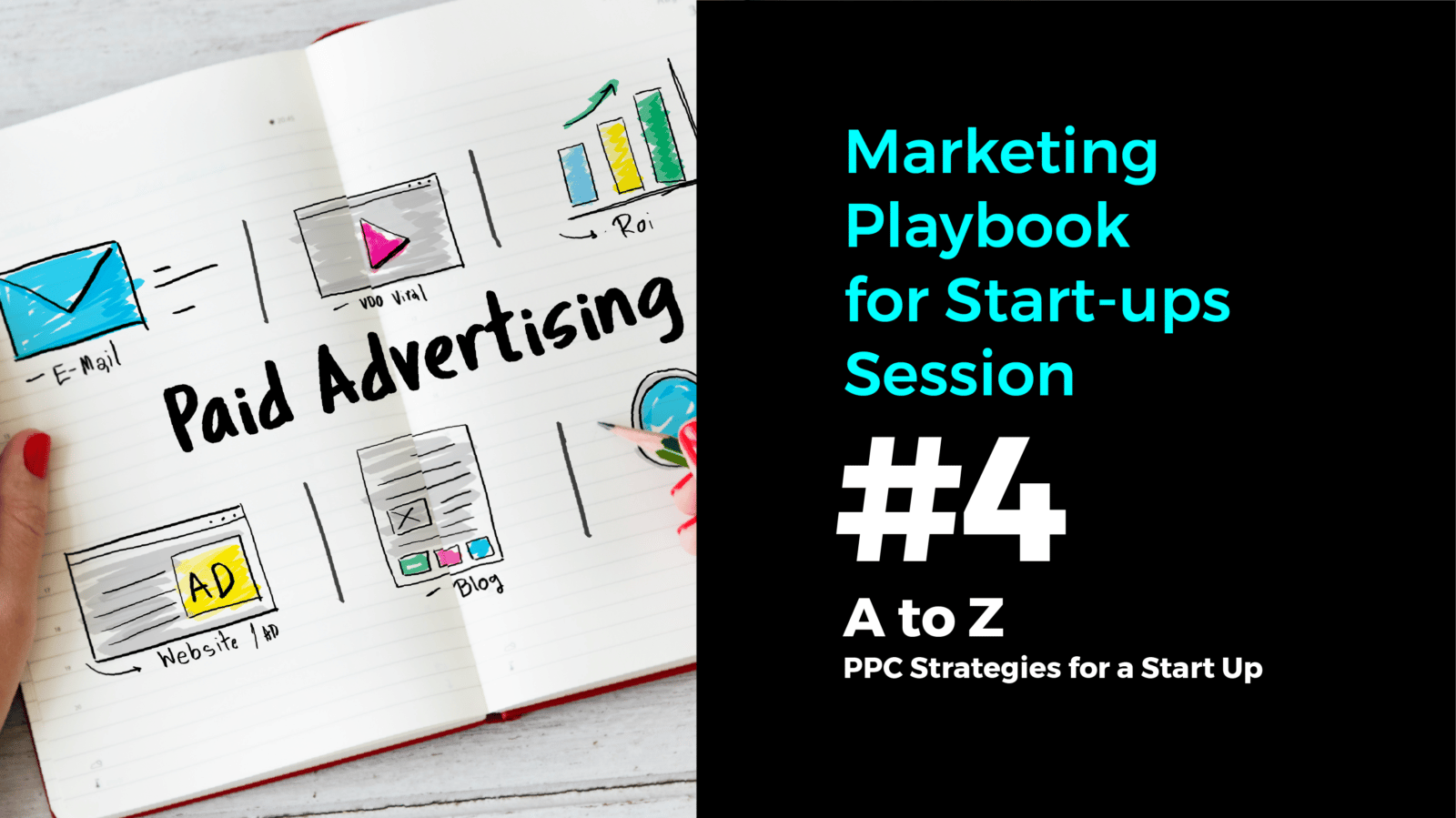
With Yael Eckstein, Director of Marketing at StageOne Ventures, Robert Nachum (CEO at Growth Marketing Agency Topanda), and Shira Sarid
We’re back again with another marketing playbook session, this time to talk about PPC (pay-per-click) marketing, with a specific focus on helping you get your start-up’s marketing off the ground and running.
We have Robert Nachum joining us for a Q&A session, and he is undoubtedly an expert on the subject. In addition to founding and running Topanda, a marketing agency that works primarily with B2B and mobile app-based startups, Robert has a background working in marketing at startups, at marketing agencies, and in the gaming industry. We were lucky enough to have the chance to pick his brain on all things PPC — let’s get into it.
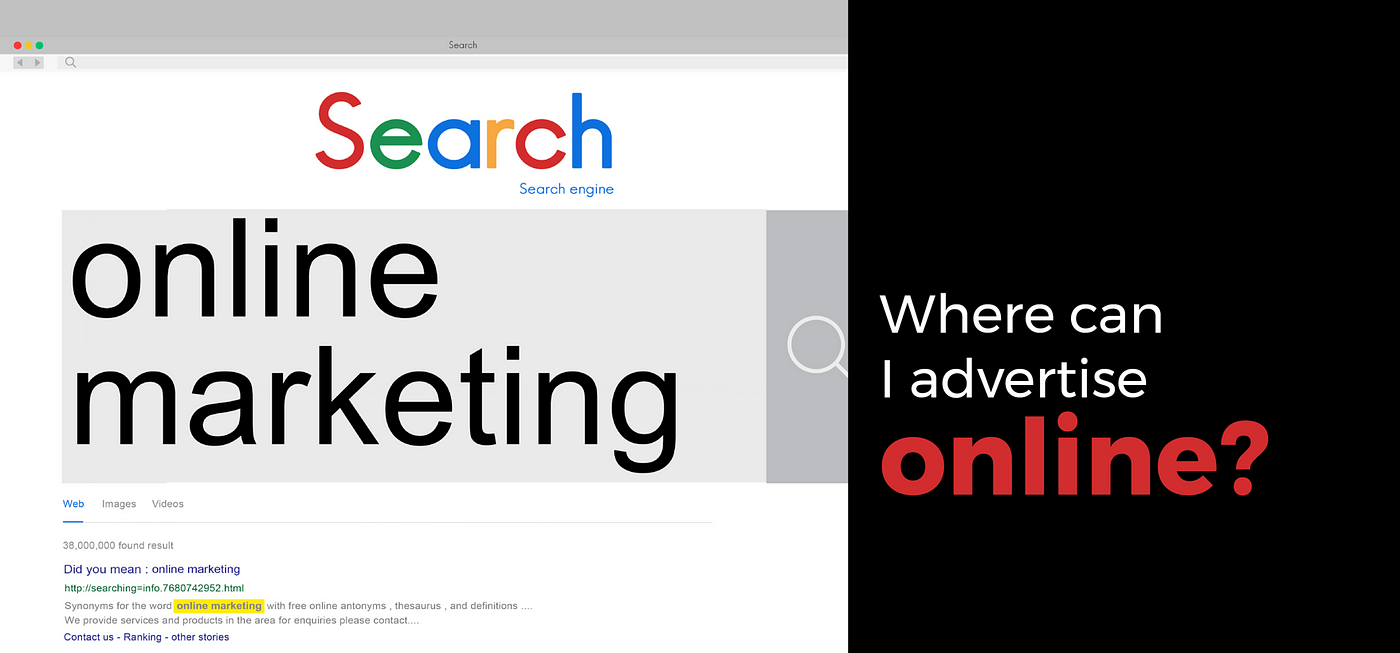
There are a couple of different options of places to advertise online.
Social Media: There are a million different apps today that sell user ads — Facebook, Instagram, Reddit, LinkedIn, YouTube, and Snapchat, to name a few. TikTok is also on the rise! When it comes to B2B marketing, LinkedIn is a great place to start because of its existing business focus.
Advertising Platforms: You can advertise with search engines like Google and Bing based on search intent, and while Google Ads and Bing Ads are the most common for B2B, there are other platforms out there like Taboola and Outbrain. Keep in mind that these types of ads can get very expensive, especially if you have competition.
Other: Other ways to advertise online can include banners on relevant sites for your persona, on daily or weekly newsletters, or on B2B app stores like Clutch, G2, Salesforce Appexchange, or Capterra.
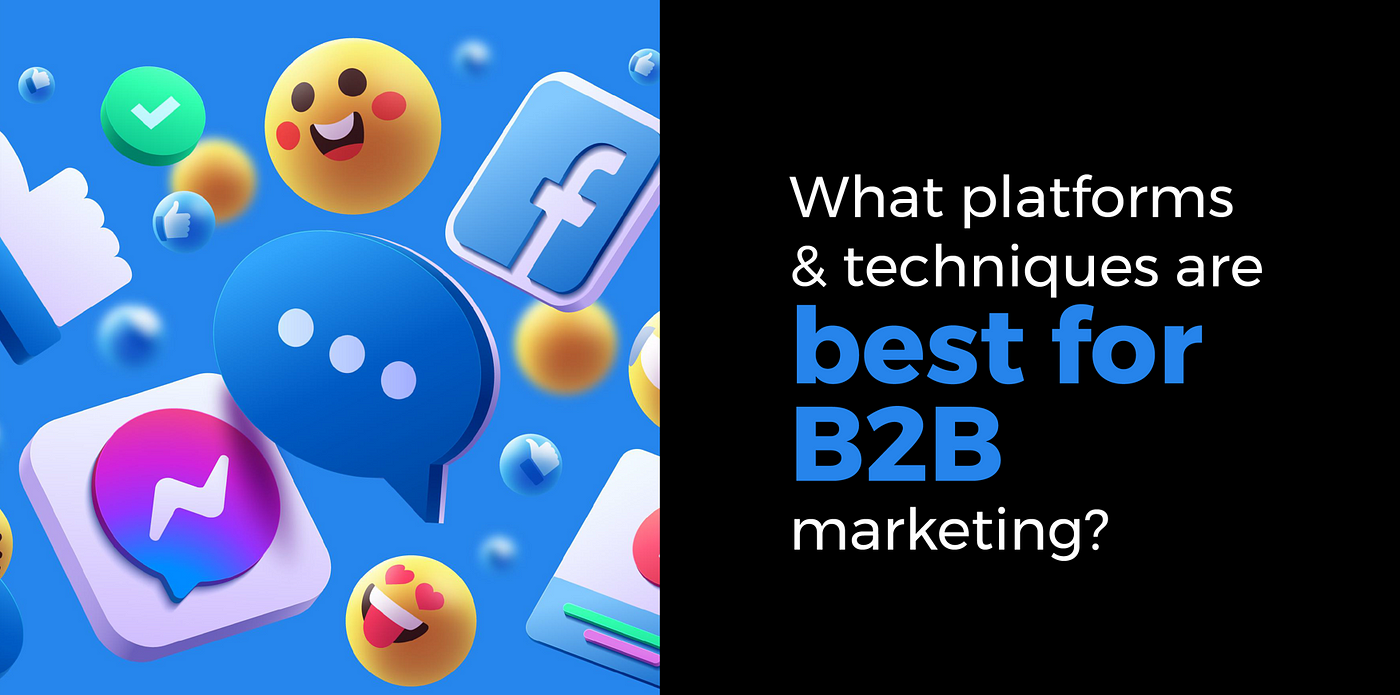
When it comes to platforms, LinkedIn is one of the biggest and best platforms for B2B marketing, and Google Ads can also be a great place to advertise. The B2B app stores which can also be very helpful because enterprises are already looking for solutions when they visit.
Beyond these platforms, cold outreach is always a lean method to keep in mind, especially via LinkedIn or email. When doing cold outreach, the newest technique is sending a video–for example, putting together a two-minute clip of yourself finding a problem on a certain app or service and explaining how you and your product may be able to help. Videos make your point visually, as well as quickly and succinctly, which can make a big difference in cold outreach.
Budget-wise, startups should aim for spending about $3000-$4000 a month for customer acquisition at the very beginning.
How should I think about paid media vs. owned media?
With paid media, you’re guaranteed that people are going to see your product — after all, it’s what you’re paying for. However, as a startup, this is expensive.
Owned media, on the other hand, while not expensive, does require an investment of time and resources. It’s great to have assets like these, such as e-books, articles, or webinars, to build infrastructure from the beginning, but you need a dedicated person or people working on this and making sure that it’s done well.
The absolute best-case solution for a startup is mentions — in other words, having someone choose to talk about your product for free. Of course, this relies on a really good product that inspires people to want to share it without any fee on your part.
What should I do before I start advertising online?
Before you ever start to advertise online, you need to make sure that your company is ready for everything that comes with increased traffic. As a start, your website should be ready for visitors: the messaging should be prepared, the call to action should be clear, and the website should be enabled for both desktop and mobile users. In general, any customer stopping at your website should quickly be able to understand what you do and what you can offer them.
You also need to be logistically ready. Take a few minutes to learn Google Analytics so you can use it properly from the start, and make sure that the pixels from different advertising systems are connected and working properly. Make sure that your team is physically capable to handle the number of leads you might get from marketing — the worst thing would be to lose a potential client because you don’t have the capacity to engage with them. The bottom line here is that you need to be prepared; once you start advertising online it can get very expensive very quickly, and you don’t want to waste a single dollar from not having your logistics figured out.

The first thing you need to do is decide on the persona of the customer that you are trying to reach. You can do this by thinking through who exactly is going to use your product and why — if you’re struggling with this, an inexpensive way to narrow in on an audience is by checking out competitors’ websites to see who their clients are.
Once you have this persona, really think about their online activity and where they would be going. Especially as a startup, you have very limited funds when it comes to marketing, so it is key to try out one group at a time and not spread yourself too thin. Don’t be worried about diversifying at this point — instead, at the early stages of your startup, treat your marketing activities as a test.
You should also identify where in the “funnel” you want to target your audience. Higher up in the funnel, you will have just caught their attention, and they won’t know anything about you. Here, you need to provide informational content like blog posts, webinars, or ebooks so that they can actually understand who you are and what your product does.
Later in the funnel, you should be more focused on convincing the audience to use your product by focusing on their pain points and frustrations, and where you can help.
Again, the aim of your PPC strategy as an early start-up is to put in time and effort up front to do it right, set yourself up for success, and save money along the way. With this in mind, make sure that you have KPIs set up from the get-go and be ready to measure and analyze your progress.
Some things to keep in mind:
· Usually, people are not going to know your company. You need to do the work of feeding them information so that they learn about who you are and what you do before they think about buying your product.
· Each platform is unique — each one has a unique set of users with a unique set of interests, needs, and preferences. It’s crucial to customize your marketing based on which platform you’re going to be using
· Find out what marketing activities work for your competitors, because there’s a high chance that similar activities will work for you.
Examples of B2B campaigns
Here are some prime examples of what B2B marketing campaigns can look like online — these are all banners, but videos can also be especially helpful in providing a visual aid to describe the use cases of the product.
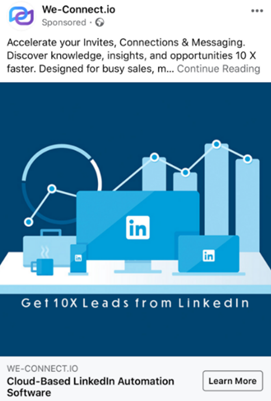

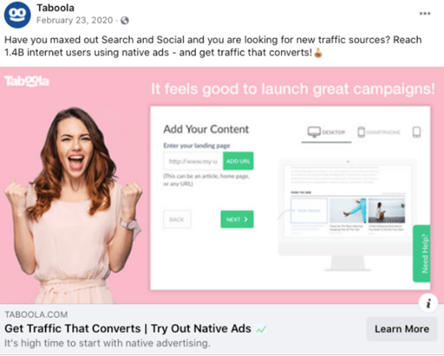

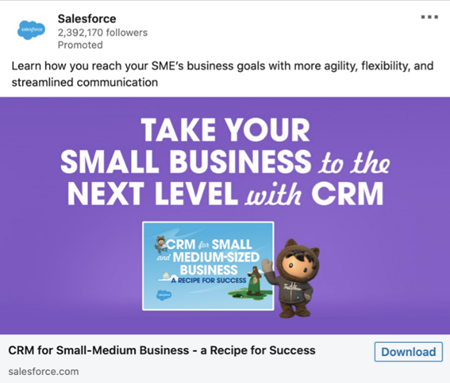

SEO is a long-term process, and it’s not going to give you additional revenue in the first 6 months. This is absolutely something that you should take care of and keep in mind as you build your website and content, as it’s much harder to go back and change later.
In this next part of the podcast, we were lucky to be joined in the conversation by Shira Sarid, former VP of marketing at Varada, a service working to close data lake analytics gaps. She is an expert in deep tech marketing and product marketing, with experience in B2B, and deep tech in enterprise.
Shira had a couple of important questions for Robert that give insight into the problems that arise in deep tech marketing.
Question: There are so many ways to spend money on marketing — account-based marketing (ABM), intent-based marketing, and a whole host of other buzzwords. How should we choose to split our resources between all of these options?
Answer: The answer to this question depends on a lot of things including what your competitors are doing, what your yearly marketing budget is, and who your audience is. It’s definitely a struggle to balance, but what’s key is understanding exactly how a platform can help you. If you pour resources into a platform without knowing how it works, it will be a waste of money, so make sure to research beforehand. You may also need someone on your team who takes ownership of managing these platforms and understands deeply how they work and how they can be used to your advantage.
Question: We’ve run into trouble and tried several experiments that haven’t succeeded when it comes to selling deep tech products to “techy” people like IT and engineers. What advice do you have on getting techy people to engage with ads?
Answer: In general, this is one of the hardest audiences to engage with because they are creative and skeptical. As a marketer, you need to try to create content that sparks their creativity — one idea would be to make use of video ads. You know that they are going to investigate everything in your ad very diligently, so it’s important that you bring educational information to the table which showcases something they don’t know. Make them think in a different way, or see the problem from an angle they haven’t thought about yet.
We, unfortunately, ran out of time for more but thank you for joining us for our fourth session! We learned a lot about the basics of PPC marketing that will undoubtedly be helpful to founders and startups at every stage.
Stay tuned for the next session!
To learn more about StageOne Ventures, please visit our website at www.stageonevc.com.
Web Design by LowTech | Developed by Ori Mintz | Photography by David Garb | Branding and Web Design by Titan BrandWise
